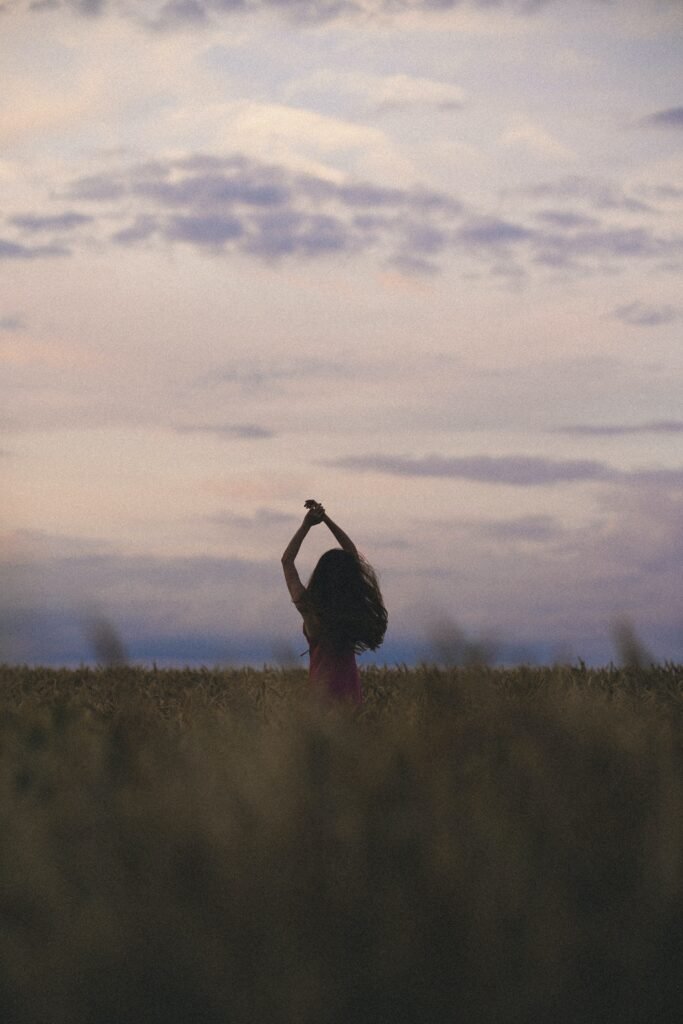Meant for unmarried girls and young women
Raja Festival is all about food, fun, and frolic. It is much awaited by all in Odisha, especially unmarried girls and young women. Not only in Odisha, but our diaspora across India and all over the world celebrates it with much enthusiasm. These days, we get to see Raja posts flooding all over social media. Looking at these posts, I remember how we used to celebrate it when I was a little girl.
Raja in the Seventies: more authentic
In the 1970s, Raja was celebrated more traditionally. The food was prepared authentically, in huge quantities, and in many varieties. It was like a marathon a few days prior to Raja. My mother, who is very organised and an excellent cook, would prepare many goodies like Arisa Pitha, Suji Gaja, Khasta Gaja, Rosecake, Jali Nimiki, and Koudi well ahead of Raja and store them in air-tight containers to keep them fresh and good for a long time. The main dish, Poda Pitha, would be made the evening before Pahili Raja (the first day of the three-day festival). Dahi Vada, Rasakadam, and other sweet delicacies would also be made. Ours is a huge, well-knit family with extended family and a lot of friends. Hence, everything had to be made in large quantities. After all, everyone should have a treat.
Raja is a three-day celebration, and we would have three new outfits for the three days. At that time, ready-made garments were not available in Bhubaneswar. There were no malls or online shopping. We had to step out to buy fabrics and get them stitched. As my mother and two elder sisters, later bhaabi too were very good at designing & stitching, they made all our dresses. That also took a lot of time during our Raja preparation.

Delegation of responsibilities
My father would keep a watchful eye to ensure that everything had been procured, lest they fall short of anything. With a tall stove running on coal and with two more gas stoves, preparation would be in full swing. Everybody would lend a hand in those elaborate affairs, including domestic help. Being the youngest child, I would be told to take care of the paana dala (betel leaf platter) and not go near the fire or the stoves. I would wash and clean the betel leaves very carefully and keep them wrapped in a moist cloth. Then, arrange all the masalas in a tray and keep them ready to fold the paana when someone wants to have one. And above all, the house too had to be kept in order for relatives, guests, and friends to drop in. What would they think if the house was messy? Therefore, discipline had to be maintained along with all that fun.
The mornings of Pahili Raja would be so exciting—new dresses, jewellery, make-up, touching the feet of elders and taking their blessings. My father would be happy to see us dressed in our Raja outfits. Baba had very good taste, and he still has it. He would remind us not to adorn gaudily for that marred look.
The big Raja breakfast
We would all be seated at the big dining table with the big poda pitha, which my mother would wrap with sal leaves, place in a big brass container, put more hot coals on top, and then leave it to bake the entire night on the coal stove. Once ready, the pitha would then be cut into symmetrical pieces. The taste of my mother’s poda pitha still lingers in my mind. Today, when I baked one, I did it in an electric oven. It’s one-eighth the size of what my mother used to make.
All the other food items would be laid out on the dining table, and we would all have a hearty breakfast. After that, my mother would busy herself with the next big job: send-offs to neighbours, friends, and relatives; packing in stainless steel boxes; and tiffin carriers. For those who stayed nearby, she would arrange everything on big stainless steel plates, cover them with a beautiful crochet cover, and tell us to deliver them. Visitors would also bring their treats to our house.
After all the give-and-takes, we would take a trip from Bapujinagar to Sahidnagar, loaded into two rickshaws. We would have a blast with our cousins, chatting, admiring each other’s new dresses and jewellery, having special non-vegetarian lunches, and swinging in the Raja doli. From there, we would visit other relatives.
The first two days were loaded with action. On the third day, plans would be made to buy movie tickets for the new release. We would eagerly wait for this, as there was no television, no cable, no Netflix, Prime Video, or Hotstar streaming.

The fourth day – the day of rains
After three days of Raja celebration, the fourth day is Basumata Gadhua (a bath for Mother Earth). It always rains on this day, and we stay indoors. Raja symbolises fertility and womanhood. It celebrates Mother Earth’s menstruation by giving her rest for three days. During these days, there is no tilling of land or any kind of agricultural activity. This is depicted by giving girls the same privileges, comfort, and care.
The very next day, schools and colleges would reopen after summer vacation, and we would be back to our usual schedule. Everything around us would go back to their usual routine. Even Mother Earth who was under rest would resume her daily life.















One Response
Wow! Had never heard of this festival before, but it seems to be so full of fun, particularly for the girls. Wonderful read. And very informative too.